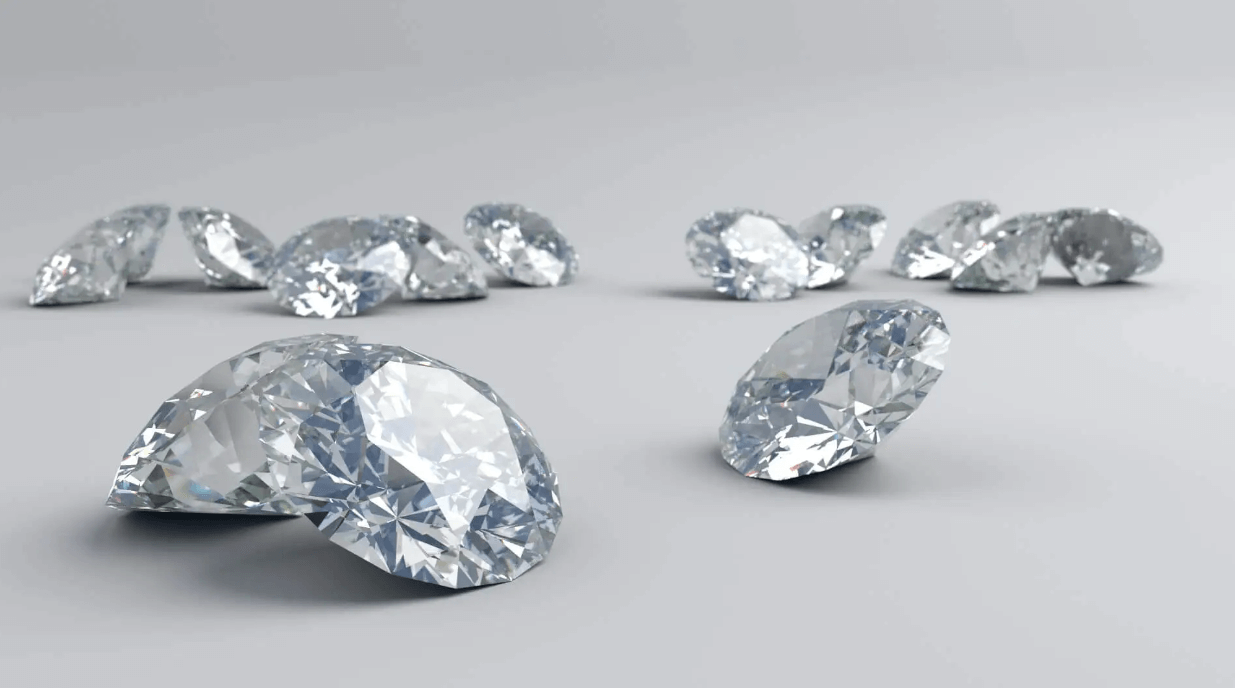Rhinestones are also called diamante and were initially made from rock crystals before the 19th century but have since shifted to polymers or crystal glass. These gems have captured our attention from the early days and are available in different types today. Rhinestone appliques have also become popular today due to their versatility.
The Asian market supplies most rhinestones, and these different rhinestones have the same characteristics. Below we discuss everything you need to know about rhinestones.
Types of Rhinestones
Rhinestones mainly occur in three types; glass, crystal, and acrylic. Crystal-made rhinestones are the most expensive. Generally, crystal is lead mixed with glass, making it more colourful. Its prismatic effect enables it to take and break light, but lead is no longer used to make it due to its safety concerns.
Glass rhinestones also have a coating that produces a shimmer. Still, they lack the crystal prismatic quality. Glass rhinestones are cut precisely by machines and listed as MC or DMC. On the other hand, acrylic rhinestones are the most expensive of the three and are made from moulds.
These rhinestones have facets that produce sparkle and are ideal for children since they are cheap and lack lead.
What is their Quality Based On?
You are advised to examine a rhinestone specimen before buying to determine the 4Cs; cut, colour, clarity, and carat. Every component’s grade will help you determine the gem’s value even though different companies have different qualities.
Generally, there are many types of rhinestones, and the colour is also a major cost determinant. Clear or crystal rhinestones are the cheapest, and the saturation and tone should be exact for consistency in each colour. Additionally, cut means the facets used, and more facets symbolize more sparkle.
Rhinestones with many facets are more expensive, and a suitable rhinestone should be spot-free. Contour means the rhinestone’s shape consistency, and round rhinestones are the cheapest. Round rhinestones are the cheapest, while fancy designs are costlier.
Hot Fix Rhinestones
Hot-fix rhinestone is among the most common designs, and its flat size is attached using glue. The best way to attach hot fix rhinestones is by using a hit fix tool. These tools are equipped with different tips that accommodate different rhinestone sizes.
However, certain fabrics are not ideal for hot fix applications like tight woven textiles or thin fabrics. You are advised to apply a few drops of water to determine whether your fabric is ideal for hot-fix rhinestones.
How to Attach Rhinestones
The most common ways to attach rhinestones include sew-on rhinestones and metal settings. Tiffany and rim are the most common metal settings; their main difference is that one secures from the garment’s inside and the other on its outside.
Sew-on rhinestones have holes in the crystal to allow needles to pass through. Sew-on rhinestones are available in different types, and you should research to make a better decision.
Conclusion
Rhinestones are precious items made initially from rock crystals in ancient days. The above article has discussed everything you need to know about them, and you can reach out for more information.
